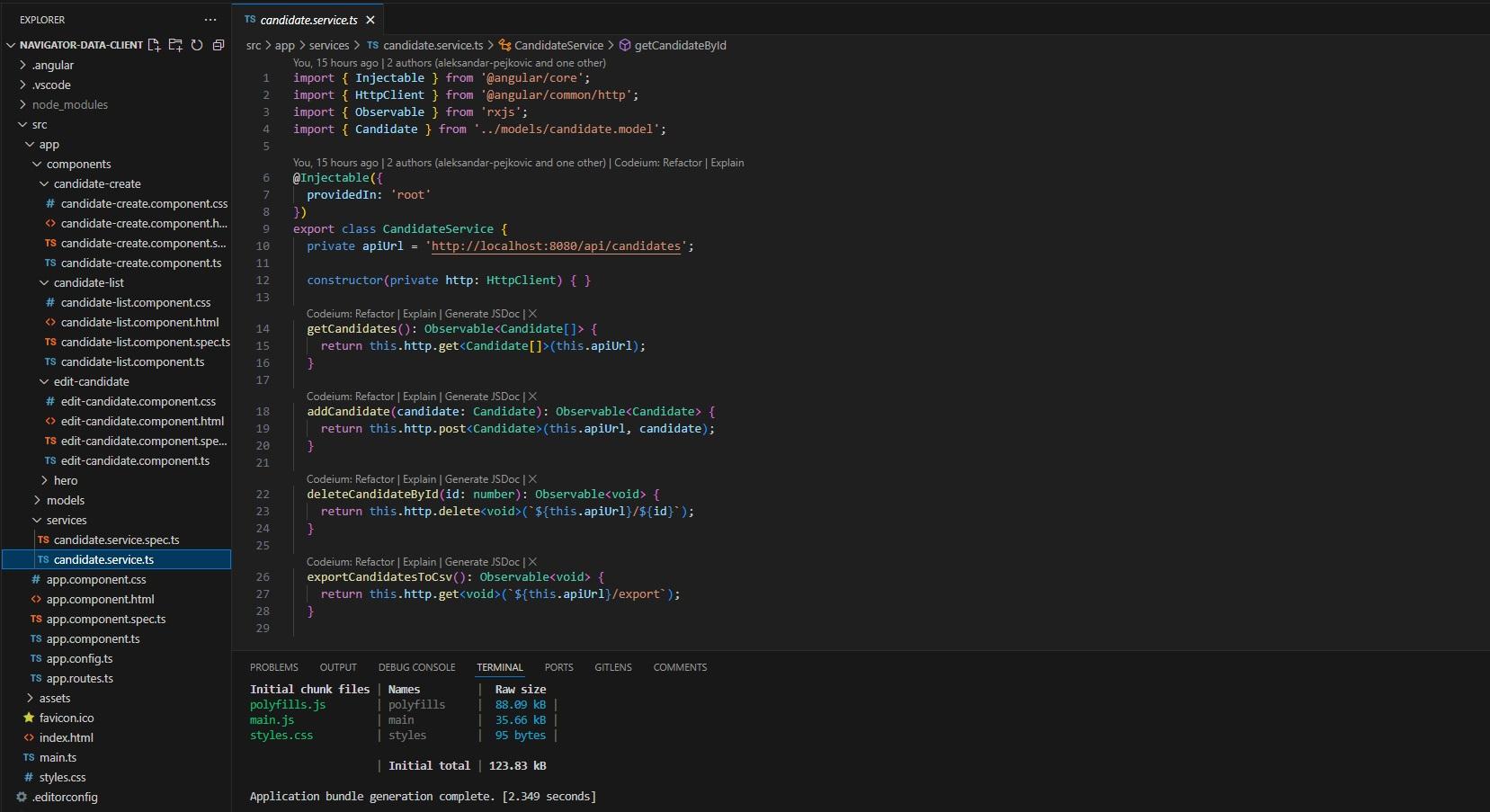Project with Apache Camel, Spring Boot, and Angular

This project was developed as a test application aimed at integrating various systems using Apache Camel and Spring Boot for the backend, and Angular for the frontend. Apache Camel was used for message processing and system integration, while Spring Boot provided a stable and scalable platform for backend operations. Angular was used to develop a modern web user interface that allows interaction with the data.
System Architecture
The project was developed with a clear separation between the backend and frontend, ensuring flexibility, scalability, and ease of maintenance.
- Backend: The backend was built using Apache Camel for integration and Spring Boot as the base of the application. Apache Camel allows for routing, processing, and transforming data from various sources, while Spring Boot facilitates the management of REST APIs and business logic. Camel integrations were implemented through Spring Boot routines, enabling easy data processing and connecting with different systems.
- Frontend: The frontend was developed using Angular, a modern frontend framework for building dynamic web applications. Angular enables the development of single-page applications (SPA), providing users with fast and responsive interfaces.
Project Functionalities
- System Integration with Apache Camel and Spring Boot:
- Message Routing: Apache Camel uses defined routes to send, receive, and transform messages between different systems, automating business processes.
- REST API: Spring Boot provides REST API endpoints that act as an interface between the frontend and backend, allowing the Angular application to access data and send requests to the backend.
- Data Transformation: Camel routes enable the transformation of data from one format to another, simplifying integration with various systems.
- User Interface with Angular:
- Data View and Management: Angular allows users to view and manage data sent from the backend through the API. Users can send requests and receive data in real-time, thanks to Angular SPA’s dynamic nature.
- Responsive Design: The application is designed to be accessible and functional on various devices, from desktop computers to mobile phones.
- Data Integration and Processing:
- Multi-source Support: By using Apache Camel, the application can integrate data from various sources, such as databases, web services, files, and other external systems.
- Monitoring and Logging: Spring Boot enables easy monitoring of application performance through logs and metrics, while Camel provides advanced features for overseeing integration flows.
Technologies Used in the Project
Backend:
- Java: The core of the application for business logic.
- Spring Boot: Framework for backend development and building REST APIs.
- Apache Camel: Integration tool for routing and transforming data.
- PostgresSQL: Relational database for storing business data.
Frontend:
- Angular: Frontend framework for building dynamic and responsive user interfaces.
- TypeScript: A superset of JavaScript used for developing Angular applications.
Deployment and Scalability:
- Docker: Application containerization for easy deployment and scaling.
Conclusion
This project demonstrates the powerful integration capabilities of Apache Camel in combination with the Spring Boot platform, while Angular enables the development of dynamic, user-oriented interfaces. The project is ideal for companies that want to connect different systems and manage complex business processes through a single application.
Aleksandar Pejković
Web developer